Futaba GYA431 Handleiding
Bekijk gratis de handleiding van Futaba GYA431 (13 pagina’s), behorend tot de categorie Radiografisch bestuurbaar speelgoed. Deze gids werd als nuttig beoordeeld door 66 mensen en kreeg gemiddeld 4.9 sterren uit 33.5 reviews. Heb je een vraag over Futaba GYA431 of wil je andere gebruikers van dit product iets vragen? Stel een vraag
Product specificaties
| Merk: | Futaba |
| Categorie: | Radiografisch bestuurbaar speelgoed |
| Model: | GYA431 |
| Kleur van het product: | Zwart |
| Gewicht: | 3.5 g |
| Breedte: | 21 mm |
| Diepte: | 21 mm |
| Hoogte: | 11 mm |
| Soort: | Radio-Controlled (RC) Model Parts |
| Aantal: | 1 |
| Spanning: | 4 - 8.4 V |
| Type product: | Controller |
Heb je hulp nodig?
Als je hulp nodig hebt met Futaba GYA431 stel dan hieronder een vraag en andere gebruikers zullen je antwoorden
Handleiding Radiografisch bestuurbaar speelgoed Futaba
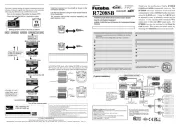
5 Februari 2025

5 Februari 2025

5 Februari 2025

5 Februari 2025
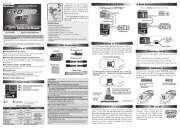
5 Februari 2025

2 Juni 2023

23 Mei 2023

21 Mei 2023

17 Mei 2023

7 Mei 2023
Handleiding Radiografisch bestuurbaar speelgoed
- Proline
- Maverick
- Sharper Image
- MJX
- Reely
- FrSky
- Vaterra
- Traxxas
- Velleman
- Jada
- E-flite
- ACME
- Little Tikes
- Sky Rider
- Force Engine
Nieuwste handleidingen voor Radiografisch bestuurbaar speelgoed
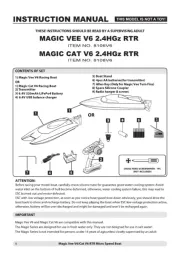
28 Juli 2025
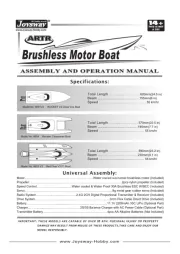
28 Juli 2025

28 Juli 2025

9 Juli 2025

8 Juli 2025

8 Juli 2025
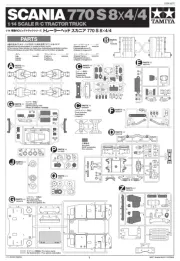
7 Juli 2025

7 Juli 2025

7 Juli 2025

7 Juli 2025